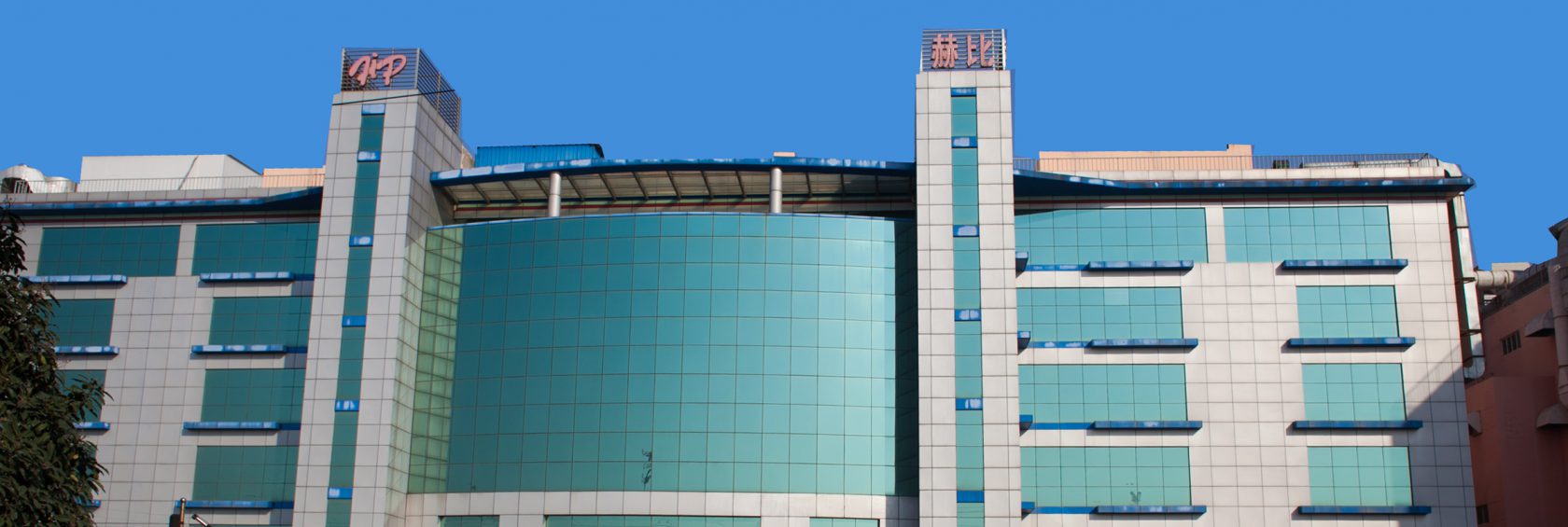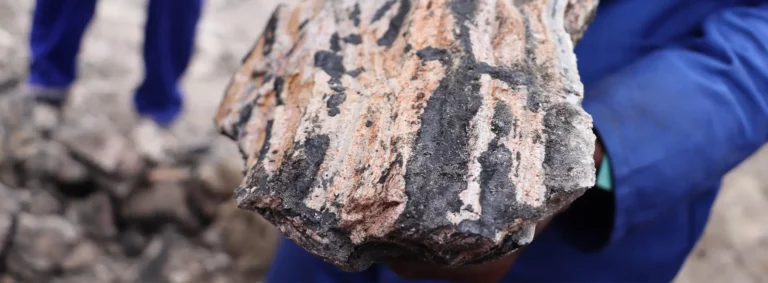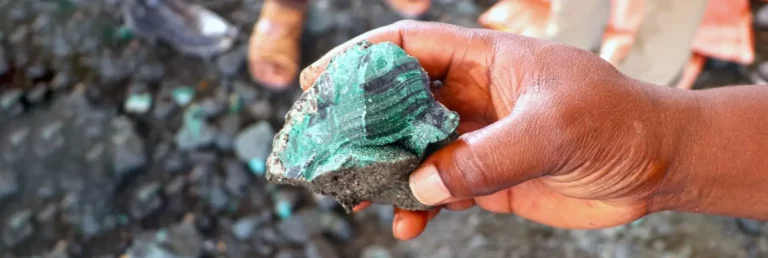The path to finding our new production partner: Hi-P
Late last year, we informed you of our intentions to develop our own phone using a new commercial model to gain control over the product design and have more influence on the ensuing supply chains.
In addition to that, we wanted to ensure that the product that we would be creating would reflect our core values and would drive innovation to match our ambition to increase sustainability through the product design and its entire life cycle. Following this path meant we had to take the decision not to develop our next phone with Guohong, our manufacturing partner for the first edition and second batch Fairphones.
In parallel to making this decision, we have also been going through the process of evaluating different product development and production models, which meant deciding on how we were going to split the design, engineering and manufacturing functions required to create our next product. We also engaged with many potential design, engineering and manufacturing partners who could work with us on this journey. (We’ll elaborate further on this process in another post.)
Very central to our operational model is our production partner, who performs the final manufacturing of our phones.
The selection of a new production partner involved a criteria that would support our goal to use our own original design along with social and environmental impact.
After a few months of research, multiple factory visits across many countries and a completed social assessment, we’re pleased to introduce you to our new production partner: Hi-P International Limited! Keep reading to learn more about the selection process, some facts about Hi-P and what they will be doing for us, and our next steps at the factory site before we begin production.
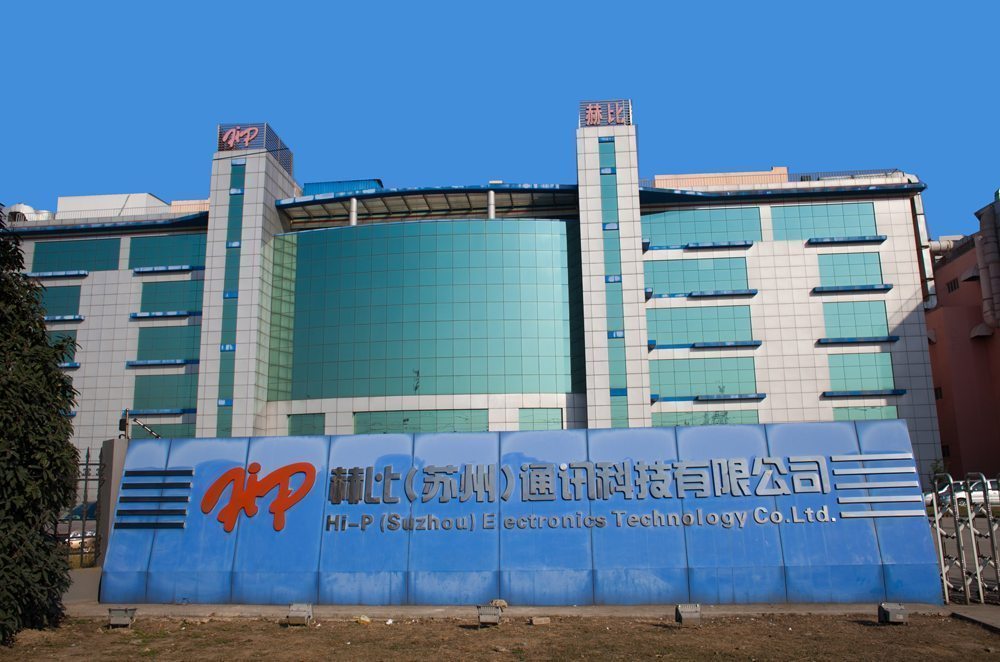
Finding a partner to manufacture the next Fairphone
Compared to nearly two years ago, our position is quite different when it comes to options for production partners. When Fairphone first entered the market, we were an unknown organization that had never sold a phone before, had limited funds and wanted to start with a very small production run. Now, with 60,000 phones sold and the powerful support of our community, we are seen as an interesting player with a stronger brand.
Before committing to a new partner, we wanted to examine our options carefully. We plan to dedicate a blog post to each of the following points, but first let me quickly run through the process that happens before finding our manufacturing partner:
- We started with a specific set of requirements and objectives to drive the next product concept.
- Then we began to work with designers and specialized engineering teams to create our own original design that would meet the objectives that we set out.
- Based on what we wanted to build, we identified a clear set of requirements in terms of technical and operational capabilities that a manufacturer would need to fulfill in order to be able to build out successfully our product concept.
- We then established a long list of about a dozen potential credible manufacturers based on our own experience and recommendations from our network.
- Development and manufacturing go hand in hand. Because we want our own engineering and design teams to be confident in the manufacturer they would be working with, we confirmed some of the potential options on the long list based on their past experience.
We finalized our options after comparing all the essential technical, social and environmental impact criteria for our top-tier manufacturing partner (see below). Many of these are based on the historical experience as well as interventions or improvements that we have not yet been able to achieve.
We’ll be sharing detailed information about each of these points in future posts, however as the goal of this blog is to introduce our new manufacturing partner, we want to go straight into our general criteria for choosing them.
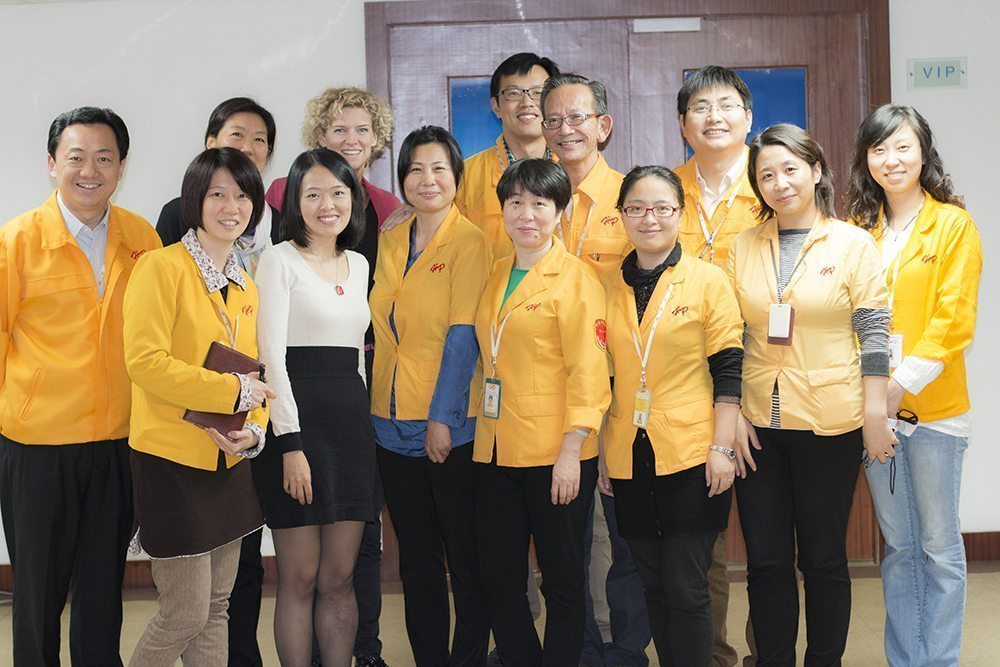
Guiding principles in finding our manufacturing partner
A few of our requirements in finding our manufacturer included:
- The manufacturing partner needed to understand Fairphone’s value proposition.
- Because we are aiming for a long-lasting phone, we need a manufacturer that is able to make high-quality products: excellent engineering and manufacturing capabilities and the right experience and licensing agreements in place (i.e. experience in developing 4G products, with the right technology licenses). We also preferred a partner with experience in manufacturing for international markets and supplying to top-tier brands.
- They needed to be willing to invest in a long-term relationship and show a commitment to work with Fairphone on achieving our social and environmental goals. That means transparency in their manufacturing process and their own supply chains, for instance, the willingness to publish the findings of a social assessment, as well as an intent to improve on these findings.
- Confidence to work with a startup requiring trust, transparency and commitment from top management.
Evaluating our long list of potential manufacturers against our technical and impact criteria cut the pool of candidates down to a more manageable number to allow us to more thoroughly evaluate them.
Next, we performed background checks to review possible risks and opportunities of working with each potential partner. We reviewed governance structures, social and environmental performance, financial reports and more, continually narrowing the list of candidates as we went.
With our preferred short list of partners in sight, we began engaging with each company to start a conversation and express an interest in collaborating. We introduced ourselves and started learning more about their business and operational structure, engineering and development capabilities, as well as their social responsibility programs.
We then discussed each company’s risks and opportunities internally to determine which might be the best match – we’ll discuss more about our supplier selection and evaluation process in a future blog. Finally, after a few trips to visit selected locations, we had one clear frontrunner: Hi-P.
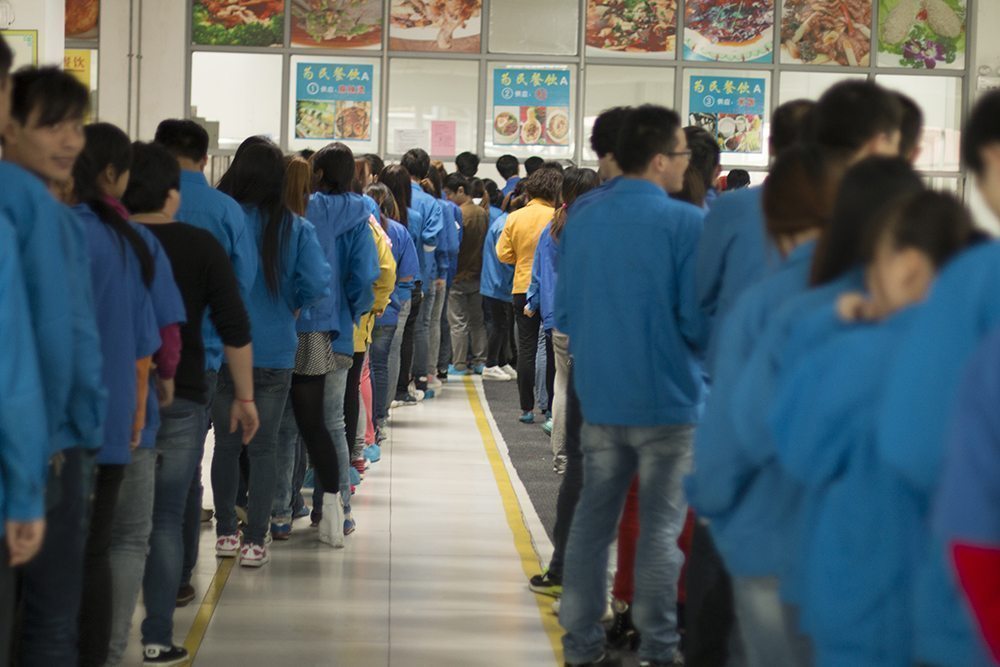
Since then, we have carried out a social assessment through TAOS, which we will publish in the next few weeks so we can dive deeper into the working conditions and planned activities for improvement. We look forward to sharing more on this.
We believe we found a partner that fulfills our criteria listed above, specifically on these main requirements:
An understanding of our approach to making social and environmental impact in our supply chain, a willingness to be transparent about our work together and the potential areas of improvement, and the technical ability to make a great quality product.
Hi-P: Facts at a glance
Hi-P is a company that was first incorporated in 1980, with its headquarters in Singapore, and is listed on the Singapore stock exchange. They employ over 15,000 people throughout the world, including 15 manufacturing plants as well as marketing and engineering support facilities.
The Fairphone will be assembled at Hi-P’s Suzhou location in China, a couple of hours west of Shanghai, that houses four facilities within it. Specifically we are working at the EMS facility, officially named Hi-P (Suzhou) Electronics Co., Ltd.
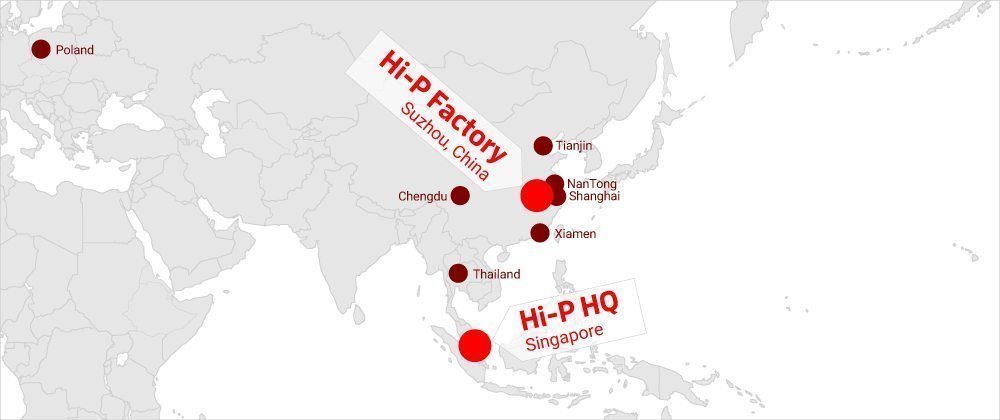
What will Hi-P do in producing the next Fairphone
Hi-P offers world-class technical capabilities as a contract manufacturer. They are a high-end design manufacturer who specialize in wireless telecommunications and consumer electronics products. Having been a player in the industry for many years, they have a proven track record in the field and provide a vertically-integrated platform serving many international clients in the telecoms and consumer electronics sector.
Hi-P is working with us on a joint development model using their Singapore Design Center for the engineering and product development, and doing the manufacturing work at their Suzhou site.

Next steps before production begins
As we mentioned earlier, an independent social assessment from TAOS was an integral part in our selection process, and the results solidified our decision to work with Hi-P as our new production partner.
We want to make this part of the process transparent, and give it its own space, so our upcoming blog post will be dedicated to the results of this social assessment. We understand our community will be asking many questions about the social and environmental conditions, and we hope to address some of these questions when we publish results of the social assessment report. Until then, we’re excited to continue to unfold the story around the production of our next Fairphone.
